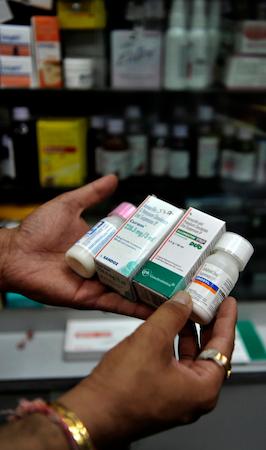We were told not to do it but we did it anyway. For decades the medical and biological sciences have been warning us about the dangers of using antibiotics indiscriminately: of attempting to treat viral infections that are not amenable to this therapy; of interrupting the full course of a drug regimen before both the strong, as well as the weak, bacteria are killed; and of using antibiotics routinely in industrial agriculture as a growth promoter and to prevent the outbreak of diseases in crowded growing conditions.
Now antibiotic resistant diseases are proliferating. Infections that were once routinely treatable are becoming untreatable. The most common is MRSA, an acronym for “methicillin-resistant Staphylococcus aureus. After this ordinary infection became resistant to penicillin, staph infections were treated with the more powerful methicillin. Now they are becoming resistant to even vancomycin, the last effective antibiotic in the available arsenal of drugs.



